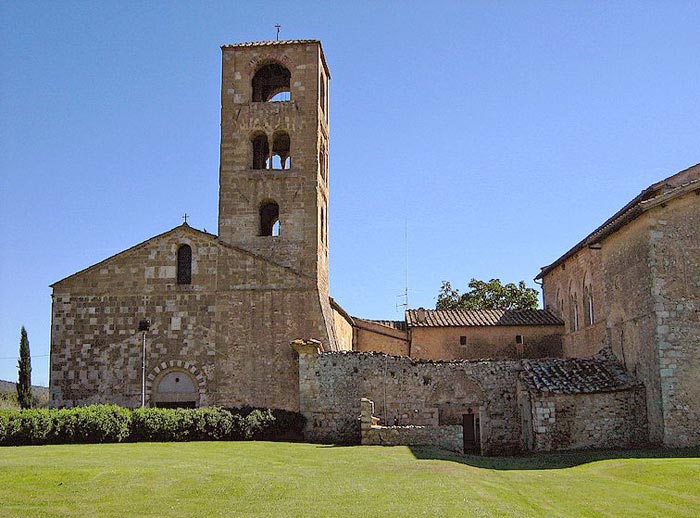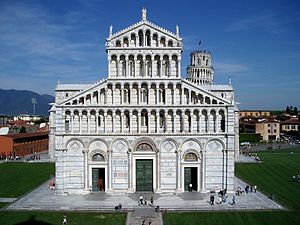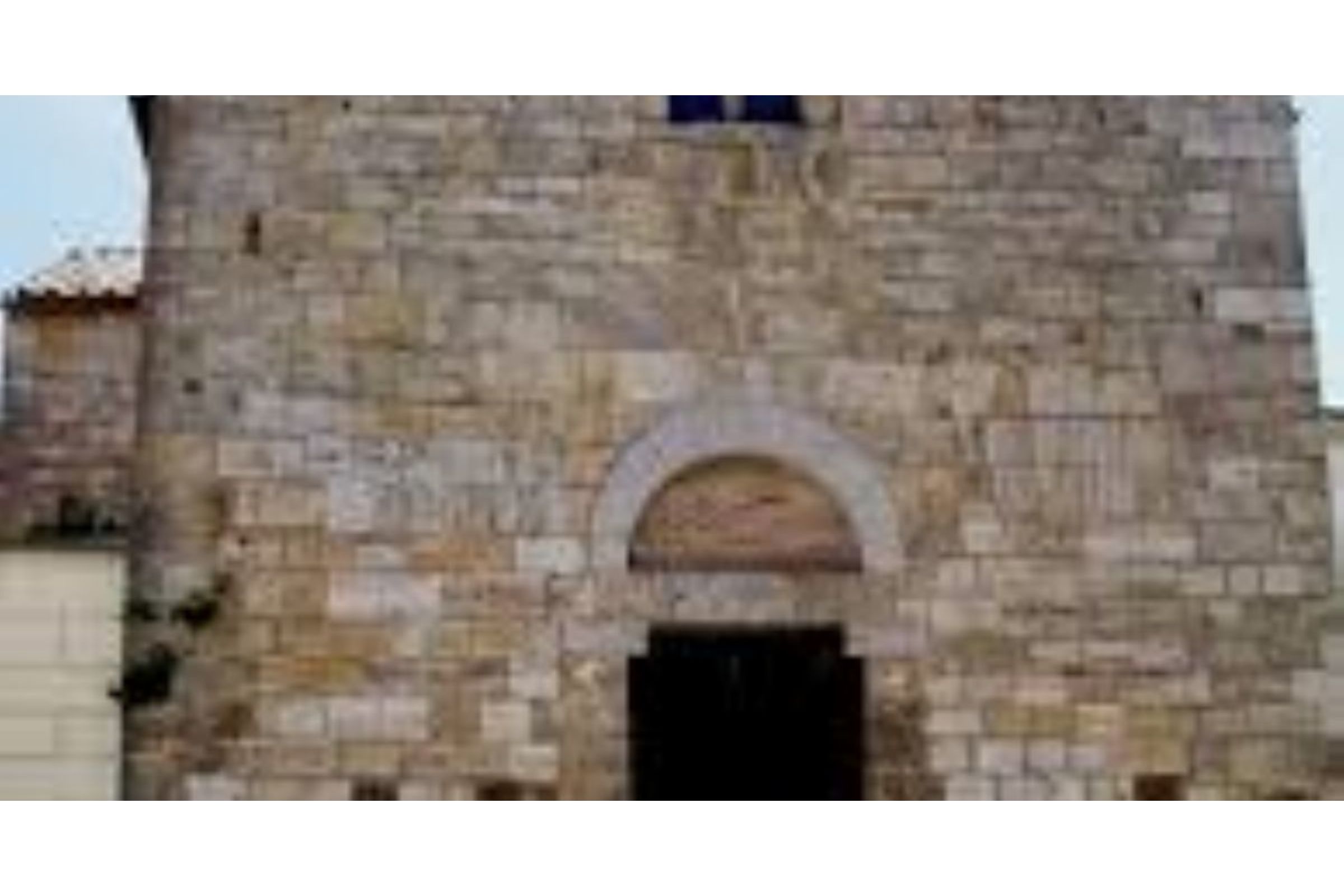the 11C and 12C brought with them a social transformation in Tuscany due to the growth of trade. Economic changes and the relative prosperity brought the building of numerous churches.
 Most of them were modest affairs built in isolated settings as for example i n the Garfagnana or Pratomagno regions. All of them testify to the emerging importance of Romanesque art and architecture in Tuscany.
Most of them were modest affairs built in isolated settings as for example i n the Garfagnana or Pratomagno regions. All of them testify to the emerging importance of Romanesque art and architecture in Tuscany.
numerous monasteries established in Tuscany in the Middle Ages, between the 11C and 14C. These belonged to the traditional orders, such as the Benedictines or Cistercians, as well as the new mendicant orders, such as the Franciscans and Dominicans. The Franciscan communities were founded at first in the neighbouring region of Umbria, and two of their monasteries in Tuscany: Le Celle near Cortona and La Verna were set upin Tuscany by St Francis himself, in Verna he received the stigmata.
The countryside in this time saw Tuscany’s hilltops fortified, with small towns or with fortresses or castles, such as Monteriggioni, Montalcino
Cathedrals and a large number of churches were built In the towns , including new Franciscan friaries and Dominican monasteries in the country . The nobles began to build houses with overhanging upper storeys and tower-houses.
The main Romanesque architectural feature was its simplicity using brick, timber and often irregular shapes of local stone, except in Pisa, which is a special case. The buildings were modest in size designed for the people. The layout was simple often without a projecting transept. The basilica design dating from the palaeo-Christian era remained as popular here as elsewhere in Italy and the nave, sometimes flanked by aisles, extended into a single or sometimes a triple apse. The roof was wood made, the rafters being visible in most of the churches. In most cases the window openings were screened by a sheet of alabaster or marble which let in a pale, eerie light.
xx

